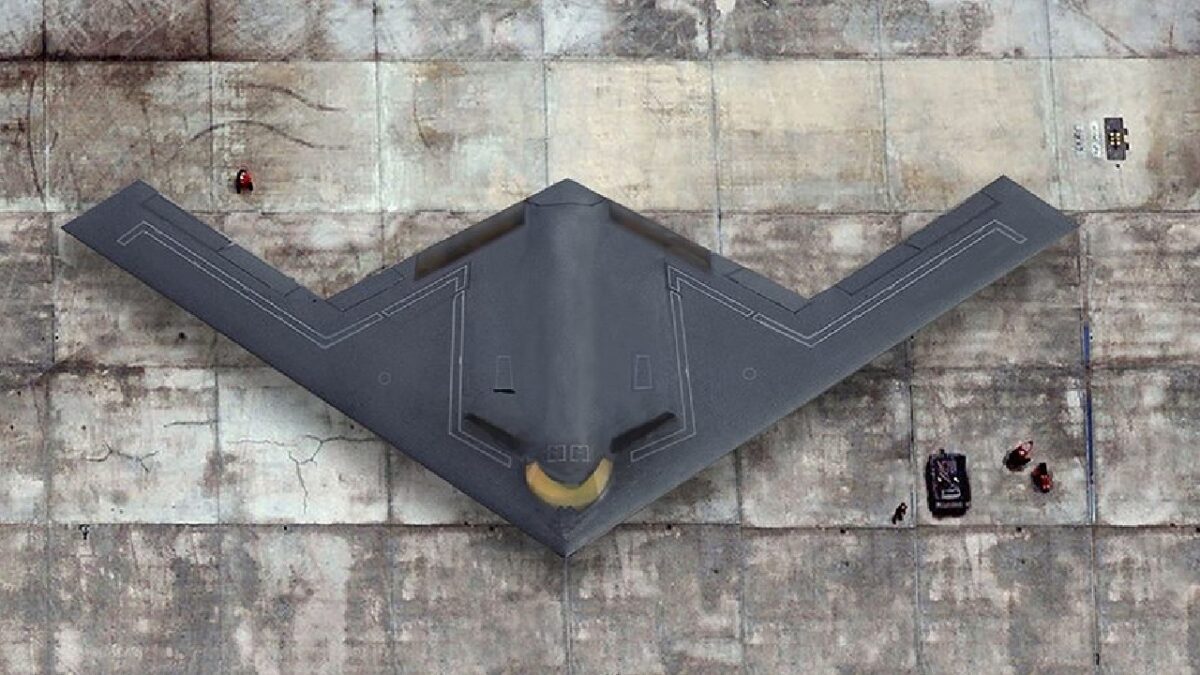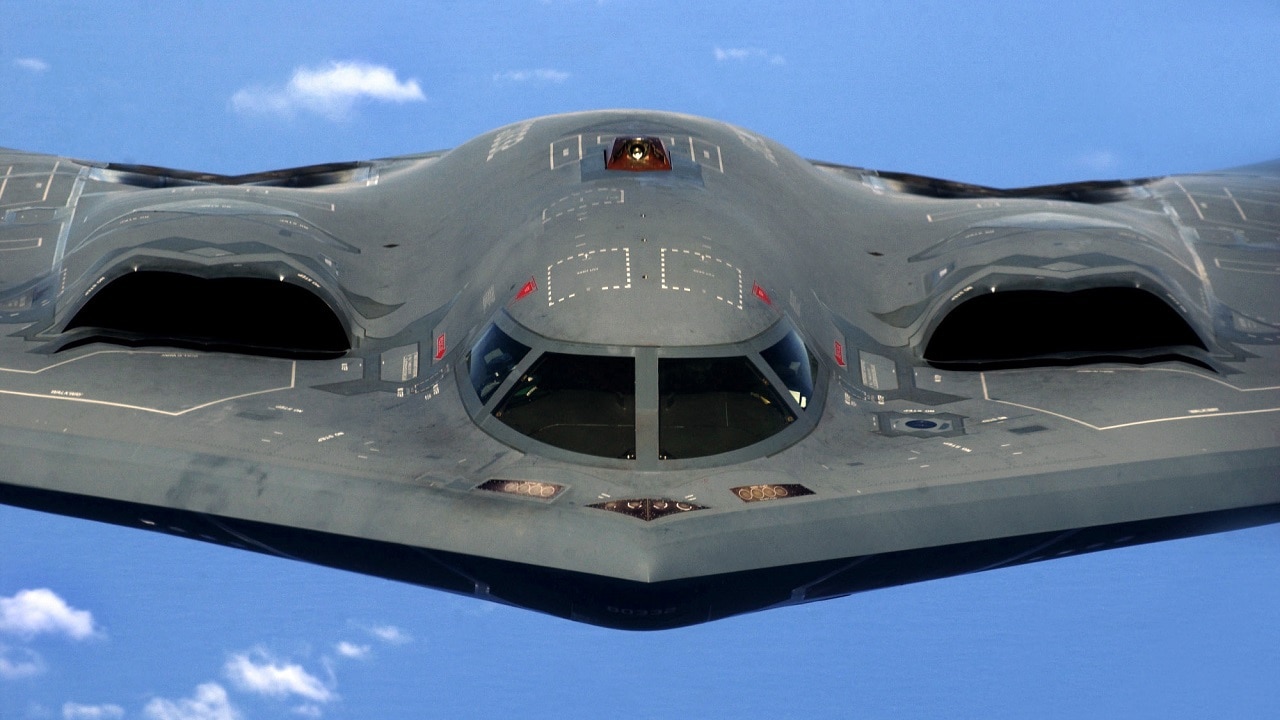We’ve been waiting for the unveiling of the new B-21 Raider bomber, and it looks like we will get a glimpse this year. The stealth flying-wing airplane should be made public in December in time to ring in the New Year with an impressive next-generation bomber that will be able to sneak through contested air space and launch missiles or drop bombs at enemy targets.
First New Bomber In Decades
The director of Air Force acquisition and procurement said last month at a conference that the first week of December is the target date for the introduction of the new bomber. The last time there was an initial public display of a new bomber was in 1988 when the B-2 Spirit was revealed at its factory in California.
Suspense Is Building for Initial Glimpse
First flight for the B-21 will be next year if all goes to plan. So far, only artist renderings have been made available to the public. However, the B-21 is still in ground test mode and there is a possibility it could miss the December date. Regardless, this will be a significant milestone accomplished by the Air Force whenever the introduction happens. The first flight will also be thrilling, should it be open to journalists and defense analysts.
Could Northrop Grumman Build a Hundred B-21s?
So far, six B-21s are assembled at the Northrop Grumman plant in Palmdale, California. Northrop Grumman received the primary contract in 2015. The Air Force wants a hundred or more over the next 20 years. These will eventually replace the B-1 and B-2 warplanes.
Keep Costs Down
The Air Force hopes the “bat-shaped” B-21 will be less costly to maintain and keep in the skies, as in-flight hours for the 20 B-2s in service are becoming more expensive by the hour. The B-21 is remaining on time and under budget, if it can meet the December deadline for public display, first flight in 2023, and deployment in numbers by 2025 or 2026. The Air Force will pay dearly for the B-21 as estimated costs for 100 aircraft over 30 years will be around $203 billion. The service branch opted not to go with the idea of adding a drone “loyal wingman” to the B-21 program to save money.
Digital Tools Improve Maintenance Turn-Arounds
To further cut costs, the B-21 program is relying on “digital tools and digital modeling” plus using “common support equipment,” as Steve Sullivan, vice president of the Strike Division, at Northrop Grumman described it in an interview with Breaking Defense.
“This is where digital tools we have developed become invaluable. These tools allow us to first measure and catalog any imperfections, which are then entered into a digital model to determine which, if any, negatively affect our signature and need to be repaired. This cuts down maintenance time between missions significantly and allows the maintainers to concentrate on only the items that affect the ability of that aircraft to perform its next mission,” Sullivan said.
Update the Nuclear Triad
The B-21 is nuclear-capable and thus will have an important role in America’s nuclear triad. Launching missiles and dropping bombs are not the only capabilities the airplane boasts. It can also conduct electronic warfare and collect intelligence, surveillance, and reconnaissance data.
On-Time and Under Budget
If the B-21 can meet deadlines and pass its entire ground testing requirements for its first flight in 2023, it would be considered a successful program. To be sure, delays and cost overruns happen to even the best airplanes, but the Air Force and Northrop Grumman should be given credit for advancing the bomber to its current status so far.

B-21 Raider artist rendering. Image Credit: Creative Commons.
The various capabilities of the B-21 are exciting. It is a multi-role bomber with precision strike capability deep in enemy air space with long-range and radar-evading performance that will be an improvement over the B-2. If the Air Force receives 100 or even half that amount, the B-21 can dominate the skies and give Russia and China more to worry about.
Expert Biography: Serving as 1945’s Defense and National Security Editor, Dr. Brent M. Eastwood is the author of Humans, Machines, and Data: Future Trends in Warfare. He is an Emerging Threats expert and former U.S. Army Infantry officer. You can follow him on Twitter @BMEastwood. He holds a Ph.D. in Political Science and Foreign Policy/ International Relations.

